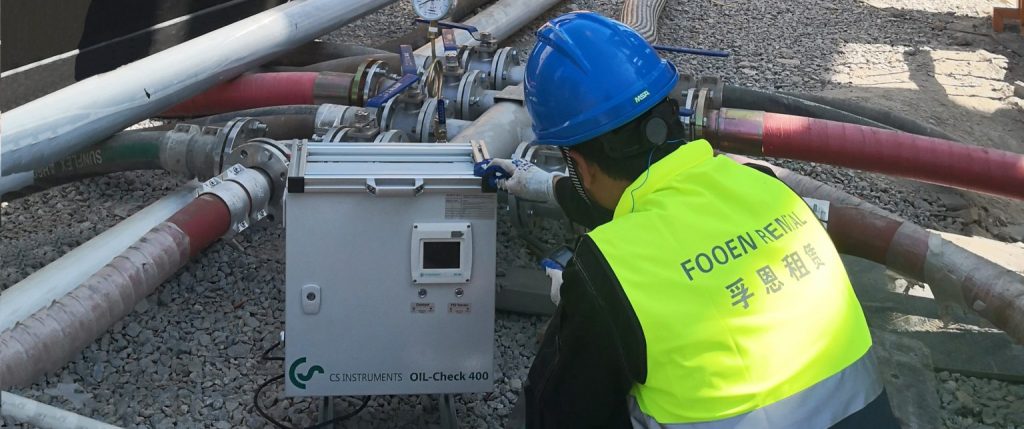When operating a compressed air system with multiple compressors or dryers, managing which machine should run and when becomes increasingly complex. Especially in systems where demand fluctuates daily and control is inadequate, there is a high risk of overproduction—leading directly to inflated operational costs.
A central controller plays a crucial role in optimizing such systems. Here are six key benefits it brings:
1. Flexible Machine Sequencing
The controller ensures machines operate in coordinated groups and dynamically adjusts the sequencing based on demand, avoiding the limitations of fixed schedules and improving responsiveness.
2. Load Balancing for Longer Equipment Life
By distributing workloads across multiple units, the controller prevents overuse of specific machines. It also prioritizes more efficient units, reducing reliance on older, less efficient equipment and enhancing overall energy savings.
3. Continuous Utilization of VSD Compressors
Variable Speed Drive (VSD) compressors are more energy-efficient under fluctuating loads. A central controller gives priority to these units over base-load or single-speed models, optimizing system efficiency.
4. System Pressure Optimization
Machines are kept operating within a predefined pressure range, ensuring consistent air supply while minimizing energy waste—leading to a more stable and cost-effective operation.
5. Scheduled Downtime for Maintenance
The controller enables operators to plan maintenance during non-operational hours, avoiding unnecessary energy consumption and reducing unplanned outages. It is an essential tool for implementing predictive maintenance strategies.
6. Reduced Service Frequency and Maintenance Costs
With optimized sequencing, balanced workloads, and scheduled shutdowns, the system reduces wear and tear on equipment. This results in fewer service interventions and lower overall maintenance expenses.
As compressed air systems grow more complex, integrating a central controller is increasingly becoming a key step toward smarter operation, enhanced reliability, and significant cost savings.


